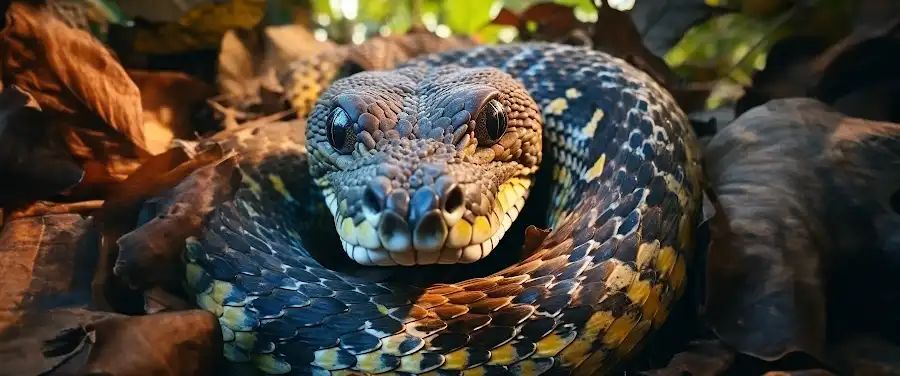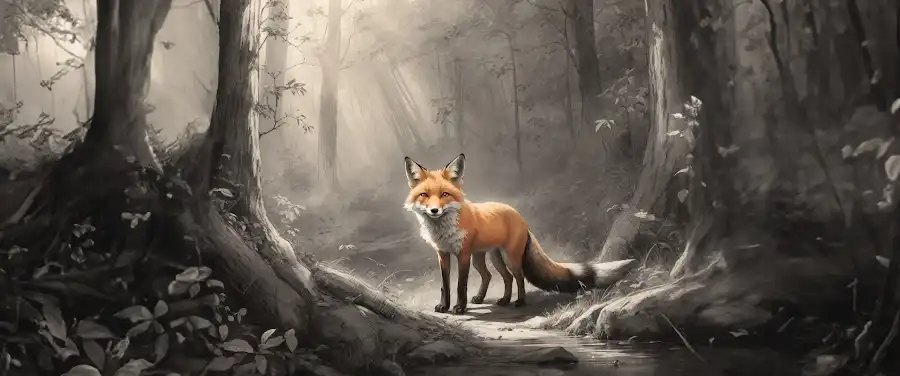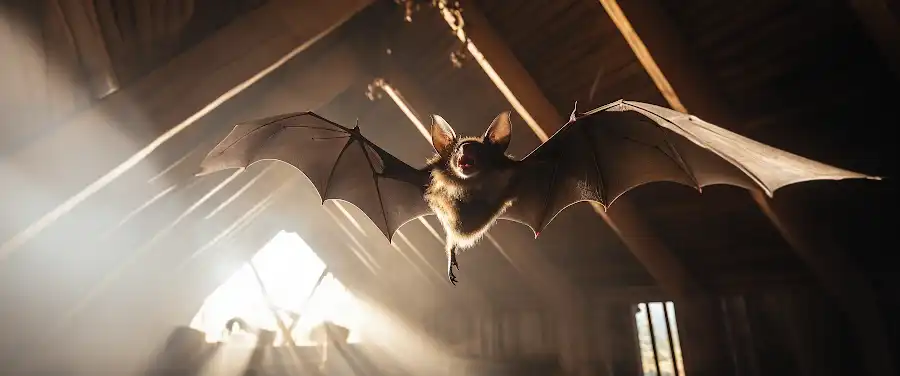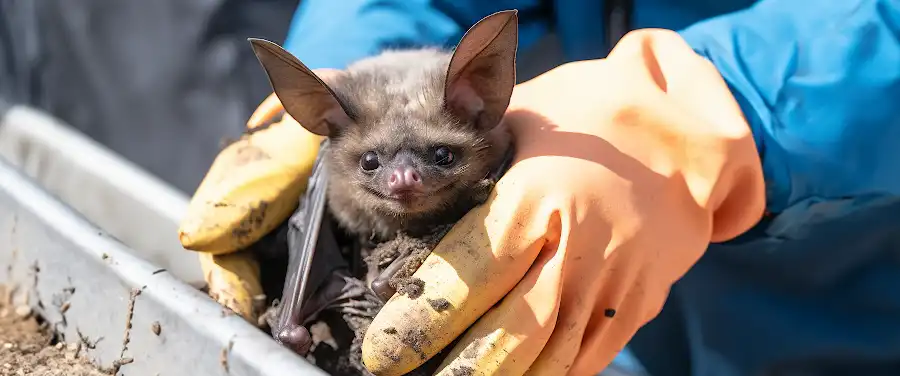
Imagine walking through the lush canopy of a rainforest or the dry, winding trails of a desert, you encounter a slithering figure that darts across your path, a chill may run down your spine. Bravo! You’ve just met nature’s poet, a reptilian flow of kinetic marvel, a wild snake. These often misunderstood creatures are scattered around the globe, boasting a diversity almost as dazzling as the spectrum of human personalities. Initially, their presence might solicit unease, but it’s beyond dispute that they hold a profound ecological importance, tying up numerous knots in the intricate mesh of life. But alas! These enigmatic poets are facing a chorus of challenges themselves, somewhat shadowed by their notorious reputation.
While some might think of them as mere symbols of impending danger, let’s uncoil the truth here. Wild snakes are the unsung heroes of our environment, playing key roles in managing rodent populations and serving as essential links in our ecosystem’s food chain. They keep our ecosystems balanced, holding an orchestration even more significant than any symphony. Yet, they’re faced with countless problems that threaten their existence, creating a ripple of ecological disruption we often overlook.
The threats snakes face are manifold and intricate, from habitat loss to climate change, from human persecution to infectious diseases, the list goes on. However, it’s time to shed stereotypes like snakes shed their skin, and delve beneath the surface into the world of these remarkable creatures. So as we slither through the labyrinth of the problems associated with wild snakes, let’s reveal the stark realities they endure. Let’s embark on this journey, as we now shift our focus to understanding the rich diversity of these fascinating creatures, their types, and their distinctive characteristics. Hang tight! The forest of knowledge we’re about to explore leaves no path untravelled.
Why are Wild Snakes Important in the Ecosystem?

Wild snakes play a critical role in maintaining the balance of our ecosystem. Their presence helps keep a check on the populations of rodents and insects, maintaining the equilibrium of food chains and sustaining biodiversity.
Wild snakes are adept hunters, making them nature’s very own pest control squad. To put it into perspective, a single rat snake can consume approximately 15-20 rodents in a week! They significantly reduce the numbers of pests that tend to destroy crops or spread diseases, thereby playing a crucial part in not only pest control but also disease control.
Let’s dive a bit deeper into snakes’ ecological benefits.
The Ecosystem Balance and The Role of Snakes
In the intricate web of life, every creature, big or small, holds a unique position and fulfills a specific role. Snakes are no different. Due them being both predators and prey, they act as a ‘middle link’ within the food chain, contributing to the ecosystem’s overall health. Their predatory habits control the population of certain small animals, thereby preventing any single species from dominating.
A report published by the National Wildlife Federation reveals that losing snakes from our ecosystem can negatively impact our ecology, leading to an uncontrollable rise in pests and a decrease in the populations of their natural predators, posing a grave danger to the ecosystem balance.
Wild Snakes and Pest Control
Pest control is another integral part of the job description for wild snakes. These slithering creatures feast on rodents, insects, and other pests that can cause significant harm to both agriculture and households. By keeping a check on these nuisance creatures, snakes help to maintain the health and productivity of our ecosystems.
However vital their role might be, wild snakes face a number of threats and challenges. Unraveling these issues is crucial for the preservation of these reptiles and in turn, our ecosystem. Let’s delve into the problems associated with wild snakes in the next section.
What are the Threats Faced by Wild Snakes?

You may ask, what could possibly threaten the survival of these fascinating, slithering creatures of Mother Earth? Well, wild snakes encounter a series of threats that jeopardize their existence. Major culprits including habitat loss, poaching, and the effects of climate change put wild snakes in a tough spot, necessitating urgent attention.
Habitat Loss
First and foremost, habitat loss poses a significant danger to wild snakes. Urban development inevitably leads to widespread deforestation and fragmentation of habitats, which directly impacts the snakeland. Consequently, the snake populations dwindle as their natural homes are demolished to cater to human needs. According to the International Union for Conservation of Nature (IUCN), a whopping 30% of snake species worldwide are facing potential extinction due to habitat loss.
Hunting and Poaching
Another threatening action that jeopardizes the existence of wild snakes is hunting and poaching. Snakes are often hunted for their valuable skins, unique religious practices or, in certain cultures, considered a delicacy to consume. This brutal practice slashes their population significantly, pushing many species towards extinction. This report by IUCN details the detrimental effects of overexploitation on numerous snake species.
Climate Change Impact
Lastly, climate change strikes a hefty blow on wild snakes. Changes in temperature, rainfall, and weather patterns disrupt the natural behavior and survival of snakes. More than just warming temperatures, climate change effects can alter the availability of food sources and stimulate the rise of new diseases, further complicating their survival scenario.
What is the Impact of Human Interactions on Wild Snakes?
Human Development Impacts
Snakes, like any wild creature, require specific living conditions that are often disrupted by human activities. Infrastructure growth, suburban developments, and expansion of agricultural lands all chip away at the natural habitats of snakes. This infringement induces a drastic decline in their population, which is an alarming sign for the snake species.
Human-Snake Conflicts
Another facet influencing the survival of wild snakes is human-snake conflicts. Instances like snakebites cause panic and fear among humans, leading to a violent reaction towards these creatures. In essence, misguided fear heavily undermines the survival of snake species, more often than not resulting in their demise.
Role of Superstitions and Myths
Superstitions and myths revolving around wild snakes also play a significant role in their mistreatment. Many cultures view these beings through a lens of fear, owing to numerous myths portraying them as evil or malicious creatures. This superstition-based persecution further endangers their survival, targeting them despite their essential role in ecosystem balancing.
To effectively conserve and protect these misunderstood creatures, it’s vital to debunk these myths and educate people about the benefits of having a healthy snake population. It’s time we change our perception and practice tolerance towards these indispensable parts of our ecosystem.
In the next section, we’ll delve into the array of diseases that commonly afflict wild snakes and the emerging problems associated with them. Stay tuned to discover more about the intriguing world of wild snakes.
What Diseases are Commonly Found in Wild Snakes?

A good deal of attention is often given to the threats wild snakes pose towards humans, but let’s flip the script and debunk the usual horror stories. In reality, wild snakes have their share of problems and threats too, and some of them are diseases. Certain diseases can pose severe threats to wild snakes, hampering their overall well-being and eventual survival.
Snake Fungal Disease (SFD)
First up is the snake fungal disease (SFD). This disease is attributed to the Ophidiomyces ophiodiicola fungus and has resulted in significant mortalities among certain snake populations. The infected snakes exhibit symptoms such as scabs or crusty scales, premature shed cycles, abnormal behavior and, in severe cases, death. Although research on SFD is ongoing, it’s already recognized as a significant conservation concern due to its increasing prevalence and the threats it poses to certain snake species.
Inclusion Body Disease (IBD)
Next up is Inclusion Body Disease (IBD), a terrifying ailment especially among boas and pythons. It is a fatal, incurable disease, where the affected snake’s organs are filled with virus-infected cells, leading to a gradual failure of organ systems. Incredibly detrimental to snakes’ health, it manifests through symptoms like regurgitation, abnormal shedding patterns, and changes in color.
Bacterial and Viral Infections
Finally, wild snakes also suffer from various bacterial and viral infections. Snakes, like most wild animals, are prey to a number of bacteria and viruses in their environment. Respiratory tract infections are typically a result of bacterial invasion, often caused by the inappropriate living conditions or stress. Viral infections, on the other hand, can result in conditions ranging from mouth rot to deadly infections like the West Nile Virus.
Conclusion
As we’ve journeyed through the fascinating but sometimes perilous world of wild snakes, we’ve uncovered dark undercurrents that can spell danger for these creatures as well as the ecosystems they inhabit. Problems associated with wild snakes, such as threats from human activities, diseases, and emerging challenges, are indeed significant. Chances are you’re now more aware than ever about the myriad issues that snakes in the wild face today.
Our exploration reveals a grim reality – a litany of threats such as habitat loss, poaching, climate change, and diseases, which are constantly looming over our slithering friends. These issues not only disrupt the snakes’ survival but also pose grave consequences for the delicate balance of the ecosystems they form an integral part of.
However, all’s not lost. We also dove into potential solutions that can help in protecting wild snakes, ranging from conservation efforts and stricter enforcement of wildlife regulations to public education about the significant roles that these animals carry within their niches.
Given this context, it’s evident that addressing the problems associated with wild snakes isn’t just about ensuring the welfare of a single group of species. It’s about safeguarding the rich tapestry of life that makes our planet unique in the universe. Solving snake-related problems echoes loudly in the grander scheme of things – it resonates with the urgencies and importance of global biodiversity conservation.
As we bring this explorative piece to an end, it’s crucial to remember that every one of us can contribute to the solution. Your actions can make a difference. Greater awareness and compassion towards these misunderstood creatures can inspire positive change for them and, by extension, the health of our planet.
In conclusion, there’s more to wild snakes than their ability to instill fear or fascination. Their story is intertwined with ours – a story of survival, interdependency, and biodiversity. Fortunately, the ending isn’t written yet. We can yet correct course and guarantee a safe, diverse, and thriving world – for humans, for snakes, and for the myriad forms of life that share our global home.
So, take a minute today to appreciate the vital, often unseen roles of wild snakes. Let’s celebrate our scaled companions and strive to understand them better. After all, our mutual survival hinges on it. Here’s to a future where we live in harmony with wild snakes, cherishing their existence and deceiving veil they cast in our complex and far-reaching ecosystems.




